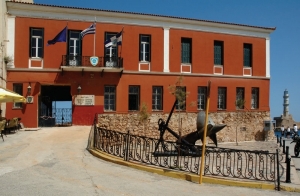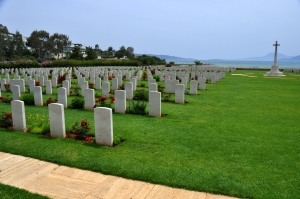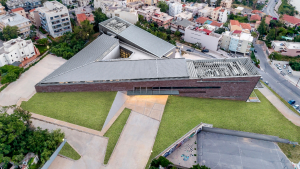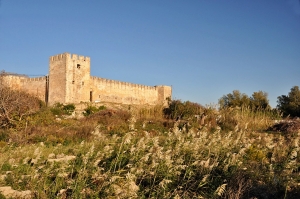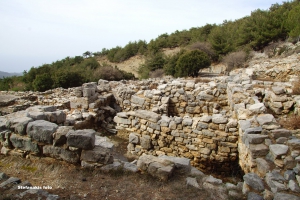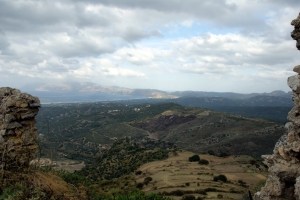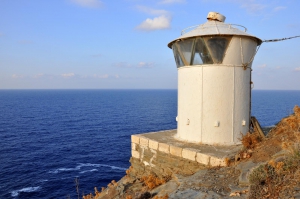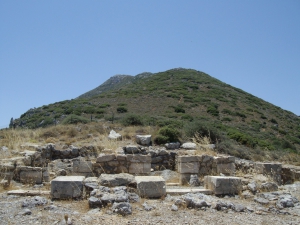At the entrance of the port of Chania is situated the Venetian Fortress Firkas, where on December 1st 1913, the Greek flag has been hoisted, sealing the union of Crete with the motherland Greece.
At Vlites position, by Souda port, in a beautifully landscaped scenery, there is the Souda Bay War Cemetery, where ceremonies take place every year in memory of the victims of the Second World War. Throughout the year, many visitors, mainly Australians and New Zealanders, visit this place.
The Archaeological Museum of Chania is located in the historic district of Halepa in the city of Chania, in the former Hatzidakis camp.
Small, well-preserved, leaning on the edge of a desert plain of the Libyan Sea in Sfakia around the mountains, Fragokastelo unfolds even today the skein of history, a story full of memories and mysteries. The "castle of Drosoulites" was built by the Venetians in the period 1371-1374, aiming to protect them from Sfakians, who were led by the six brothers Patsis who constantly bothered occupiers, who could not complete the project.
The Peak Sanctuary that was dedicated to Hermes and Aphrodite is located at position Krya Vrissi, 5 km northeast of Kato Simi, and is the most important archaeological site in the province of Viannos.
The ports of Polirinia were Falassarna and Kissamos. It developed close trade relations with Sparta, Milos, Rhodes, Thiva, the coasts of Ionia and Egypt. Apart from trade, the town was apparently famous for livestock, as the name comes from the words “polla rinia” which means many lambs.
The lighthouse of Panormos is located east of the homonym coastal settlement. It can be accessed after walking 30 minutes a dirt road that starts from the local cemetery, passing through the arid pastures of the region, while having unique view on the northern shores of province Mylopotamos and Panormo. During the course, we get impressed by the geological formations of the phyllite rocks.
At position Anemospilia, on the north slopes of Mount Jiouchtas, the archeologists G. and E. Sakellarakis located in 1979 a small sanctuary of Minoan Crete that surprised the global archaeological community. This small sanctuary offered the first indication of human sacrifices in Minoan Crete.





